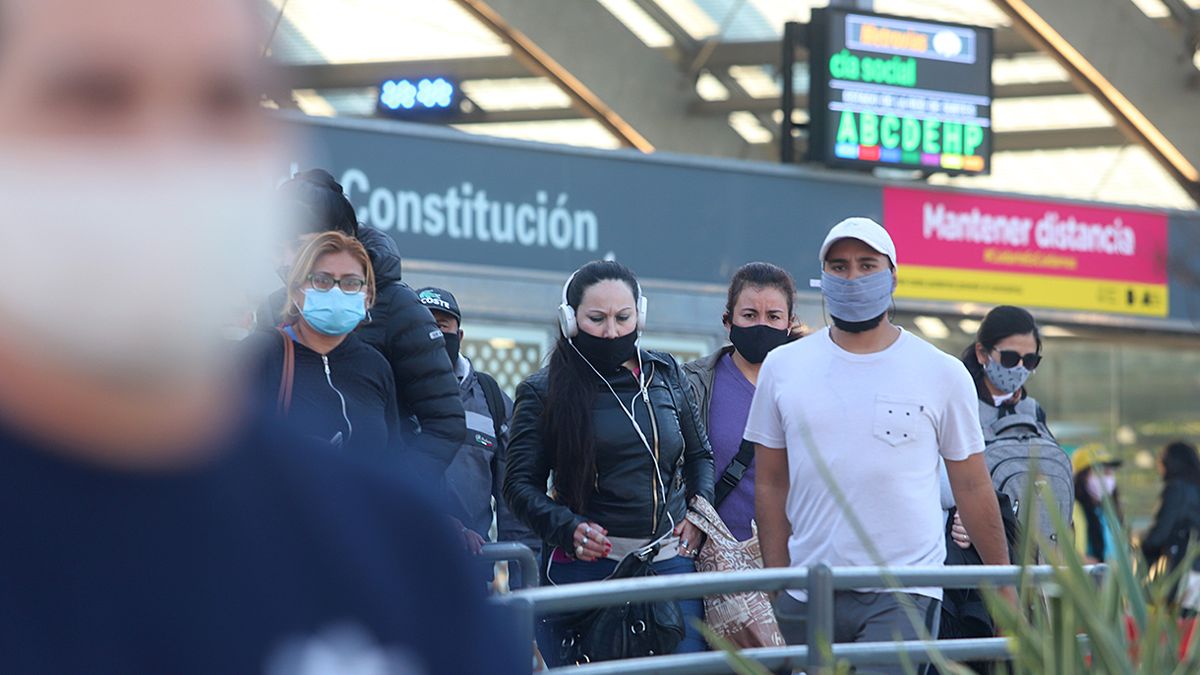As the different economic sectors reestablish their activities -such as offices, shopping malls, factories and hotels, among others-, Extreme care is required for the functionality of the infrastructure to meet the purpose for which it was created.
Faced with these changes generated by the virus, for example a new shopping arises. Open, cross ventilated and no air conditioning, collecting rainwater and with many, many plants. In times of Covid-19, this is how the shopping OH! Buenos Aires, which will partially open its doors next year, in Recoleta, exactly where the Buenos Aires Design operated for more than two decades.
In the case of office buildings, Torre Madero located in Catalinas, Retiro, which houses some of the most important companies in the country such as Techint, Fiat, Reuters and the Embassy of India, has a population of 1,750 under normal conditions. people plus a daily flow of 1,000 people who access as visits. Before the pandemic, entering the office during peak hours took 60 minutes. Today with the protocols of social distancing in elevators it would take 10 hours.
covid data.jpg
With the arrival of the pandemic and new advances in sanitation, said tower decided to take measures such as incorporating elevators following international guidelines with isolation systems between passengers by air wall, cabin air renewal in 10 seconds, UVC sterilization , and the installation of additional contactless keypad.
“The building accommodated itself to the context of the pandemic through various measures with which we aim to reduce any possibility of contagion and create a safe place for our owners”, affirmed the Ing. Roberto Policichio, in charge of the Engineering and Services management of Torre Madero and Honorary President of the Civil Engineering Council.
What was sought is that the transportation service for its inhabitants and visitors is used as it was originally intended, with normal traffic.
The national production company Servas, developed and designed a solution to prevent and attack the virus both in public spaces and in elevator cars, an alternative composed of four complementary and simultaneous ways of attack and prevention with UV-C ultraviolet rays + individual insulation by air wall + total air renewal in a few seconds + non-contact actuation buttons.
“All the recommendations coincide with the fact that two meters of distance between people should be kept. To date in elevators, to minimize person-to-person contagion, one passenger per trip per cabin should be traveled, even in 16/20 cabins. passengers, something that is impossible in the future “, said José Aizpun, president of Ascensores Servas. “Making a safer elevator trip is a challenge that we undertook years ago, but it is here to stay, we have no choice but to change the use of elevators forever.”, highlighted Aizpun.
How does antivirus technology work in public elevators?
1 – Forced aeration by individual wall of air
It generates a flow of clean or filtered air – vertical from top to bottom – that envelops each passenger individually, to prevent breath and infectious particles from spreading through the cabin and affecting other passengers.
2 – High power UV C system
Ultraviolet rays that disinfect the cabin by 99% and in 30 seconds every 15 minutes. They work through a computer that interacts with the control panel, which allows determining when the elevator is without demand, without passengers and with the door closed.
3 – High air renewal
The aeration system presents different air speeds to achieve the air wall effect with the lowest electrical consumption, but the set determines a high complete air renewal of the cabin in 6/10 seconds, achieving safety and comfort simultaneously.
4 – Non-contact actuation buttons
The external keypads are operated without direct contact and act by proximity.
Source From: Ambito




